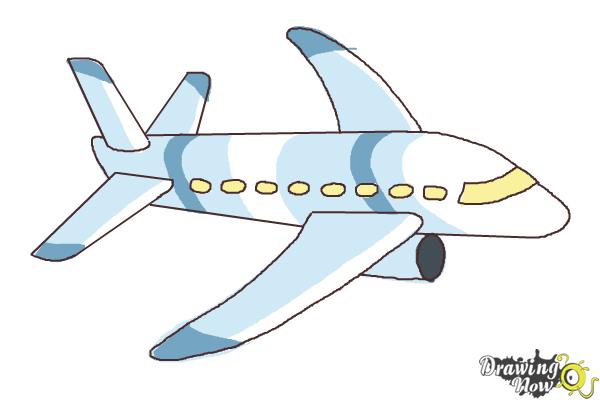


But if the atmosphere is humid, the ice particles cannot sublimate and contrails can linger for far longer. In clear, cloudless air, contrails disappear quickly, as the dry ambient air makes the ice particles sublimate (pass from a solid to a gas). The air needs to be cool enough for the water to freeze, which is why they usually only appear above certain altitudes – typically 20,000ft (6km).Įven fewer flights produce the most persistent contrails. Not all aircraft produce contrails – they are estimated to occur in about 18% of flights. The process broadly resembles frozen breath on a cold winter's day, says Schumann. In cold conditions (typically below around -40C (-40F)) it can condense, typically on the soot particles also emitted from aircraft engines, to a fog of droplets, which then freeze to form ice particles. Water vapour is produced by planes as the hydrogen in its fuel reacts with oxygen in the air. Three things are needed for them to form: water vapour, cool air and particles on which the water vapour can condense. They can be anything from a 100m (330ft) to several kilometres long. In a nutshell, contrails – a contraction of "condensation trails" – are the line-shaped ice particle clouds formed in the wake of aircraft. The first correct explanations of how they formed were derived in the early 1940s, and 50s however, with what is now known as the Schmidt-Appleman criterion showing threshold conditions depended on ambient pressure, humidity and the ratio of water and heat released by the plane.

"So during the Second World War, militaries tried to avoid contrails because they wanted to avoid visibility of their aircraft." "They make aircraft visible, you can see the trace of a flying aircraft," says Schumann. Some did consider whether they occurred due to super-saturated water vapour, but this was dismissed as it was thought that too little water vapour was emitted.įiguring out the causes of contrails didn’t become much of a concern until World War Two, when contrails were first viewed as an issue. Early theories proposed they were vibrations from the plane's engine or effects from electrical charges. Following the initial observations in the early 20th Century, the exact cause of these plane-trailing clouds remained a topic of debate for several decades, says Ulrich Schumann, professor of atmospheric physics at the German Aerospace Center (DLR).


 0 kommentar(er)
0 kommentar(er)
